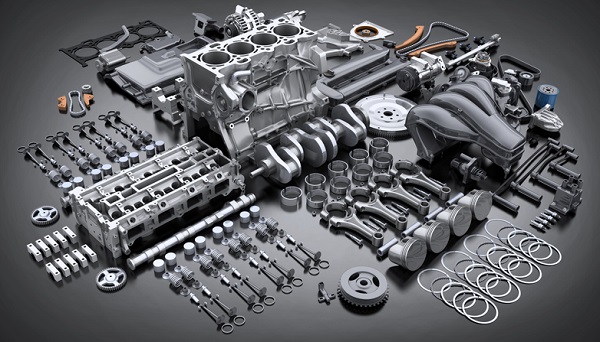
Revolutions per minute (RPM) are often what separates a really powerful engine from an ordinary one. RPM determines how fast an engine’s crankshaft is rotating, and thus how much power it is generating.
The main factors which determine RPM are the length and diameter of the engine’s stroke and bore, respectively. A skilled auto parts specialist needs to have a solid understanding of engine parts and how they work, including these crucial components.
Unfamiliar with these concepts? Read on for an insight into what you could learn in an auto technology course.
What Are Strokes and Bores?
Every car engine has a number of metal cylinders which pistons travel up and down to generate power. The stroke is the depth of the cylinder, whereas the bore is the diameter.
The stroke and bore ratio varies between vehicles. Cars with a shorter stroke and wider bore generate more RPM, whereas cars with a longer stroke and shorter bore are more fuel-efficient.

Short Stroke Engines in Auto Technology
Short stroke engines, sometimes referred to as oversquare engines in auto technology, have a bore to stroke ratio of more than 1:1. This means that the cylinders in the engine have a greater diameter and a shorter length for the piston to travel up and down.
These engines can generate more power because the piston has less distance to travel, allowing it to reach a higher RPM.
The bigger bore also means that the engine has bigger valves, which are able to take in and push out more air in each cycle.
Some examples of cars with short stroke engines include the Chevrolet V8, Ford V8, and the BMW N45. Formula One racing cars have extremely short stroke engines with ratios of around 2.5:1, allowing them to reach 18,000 RPM.
Long Stroke Engines are Becoming More Popular
Long stroke or undersquare engines are the opposite of short stroke engines. These engines have longer, narrower cylinders. Whilst they generate a lower RPM, these engines are more fuel-efficient.
As drivers and manufacturers become more focused on fuel efficiency over speed, long stroke engines are becoming increasingly common.
Some examples of long stroke engines that students in auto repair programs might come across are the Toyota Aygo, Citroën C1, and Peugeot 107. These engines are also common in Volkswagen, Nissan, Honda, and Mazda vehicles.
Square Engines: The Best of Both Worlds?
Engines that have a bore-stroke ratio of 1:1 are referred to as square engines. These engines are square shaped, as the bore diameter and stroke length are almost equal. These tend to be popular with car fanatics who view the square engine as more reliable, and the perfect combination of long stroke and short stroke engines.
Examples of square engines include Suzuki’s AX100, Honda’s J30A and Toyota’s 2JZ.
Are you interested in becoming an auto parts specialist?
Contact Automotive Training Centres Toronto to find out more!

